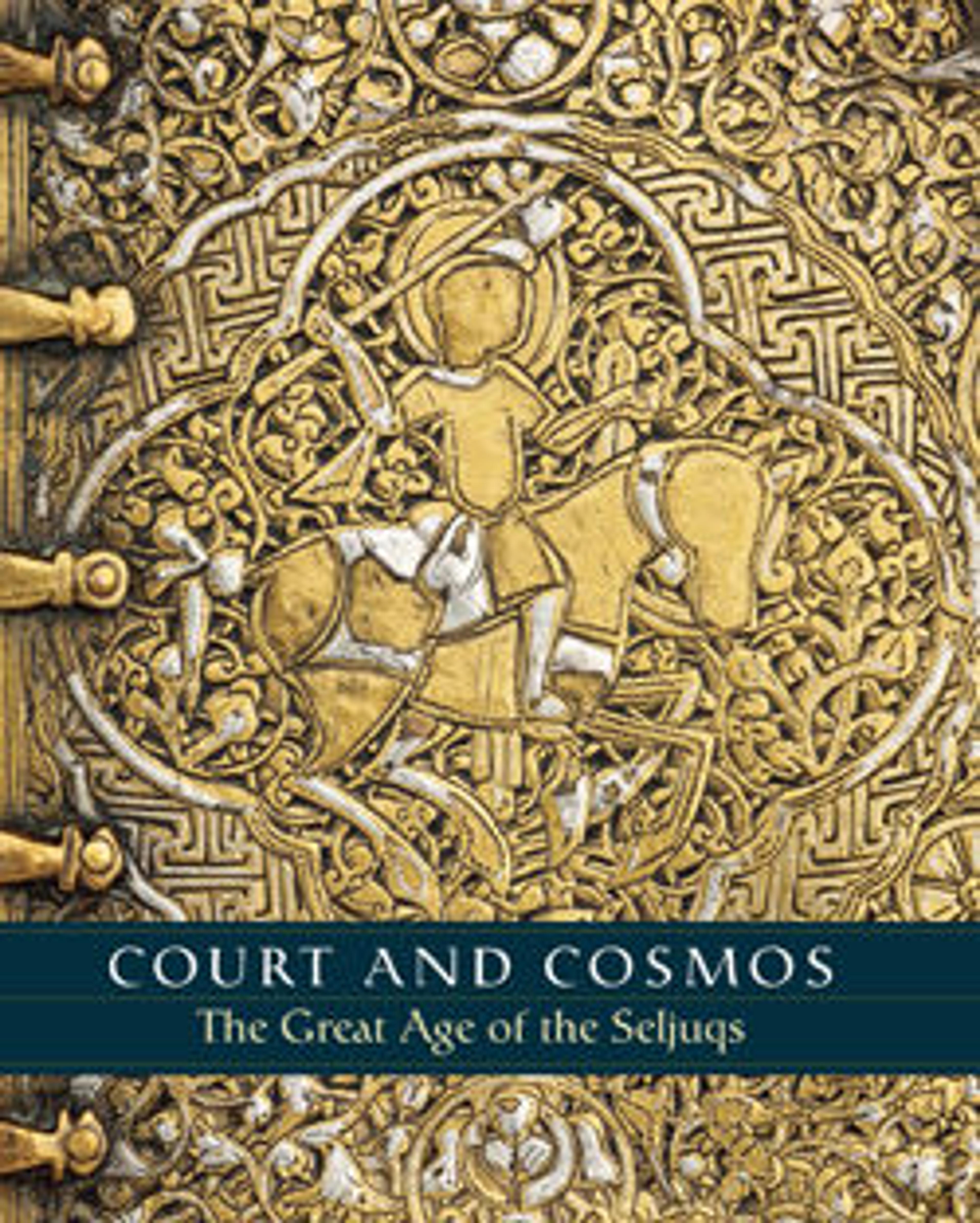Mirror
Artwork Details
- Title: Mirror
- Date: 12th–13th century
- Geography: Attributed to Northwestern Iran or Turkey
- Medium: Bronze; cast, chased
- Dimensions: W. 3/8 in. (1 cm)
Diam. 8 11/16 in. (22 cm) - Classification: Metal
- Credit Line: Gift of Florence E. and Horace L. Mayer, 1978
- Object Number: 1978.348.2
- Curatorial Department: Islamic Art
Audio
6686. Mirror
STEFAN HEIDEMANN: Hello, my name is Stefan Heidemann. I'm here with Marika Sardar from our department.
MARIKA SARDAR: I'm interested in these three objects, which are the backs of mirrors, because of the imagery on them, but also how they were used in divination, or the practice of trying to determine the future.
STEFAN HEIDEMANN: The magical purpose of using mirrors is not well-known, because it is not part of the official ritual practice of Islam, of course. There's a lot of action on the largest of these mirrors. What is it?
MARIKA SARDAR: Well, we think that the seated figure at the top of the mirror is the biblical King Solomon, who in Islamic tradition is thought to have power over these demons, or jinns, who are the rest of the figures depicted around the mirror with animal heads and other wild or fantastic features.
STEFAN HEIDEMANN: If you could turn the mirror to its shiny side, then you would see a verse of the Qur'an written just around the margin. So, this is how folk belief merges with Islamic belief.
MARIKA SARDAR: We're not sure exactly how these mirrors were used in divination, but in other cultures and at other times, we know that mirrors could be used to determine the fate of a person who was ill. They would lower the mirror into and depending on how their reflection looks… they'll know if they will recover or become more ill. Another way they might've been used is by reflecting the rays of the moon, and supposedly writing would appear in the mirror, giving some kind of omen.
More Artwork
Research Resources
The Met provides unparalleled resources for research and welcomes an international community of students and scholars. The Met's Open Access API is where creators and researchers can connect to the The Met collection. Open Access data and public domain images are available for unrestricted commercial and noncommercial use without permission or fee.
To request images under copyright and other restrictions, please use this Image Request form.
Feedback
We continue to research and examine historical and cultural context for objects in The Met collection. If you have comments or questions about this object record, please contact us using the form below. The Museum looks forward to receiving your comments.
